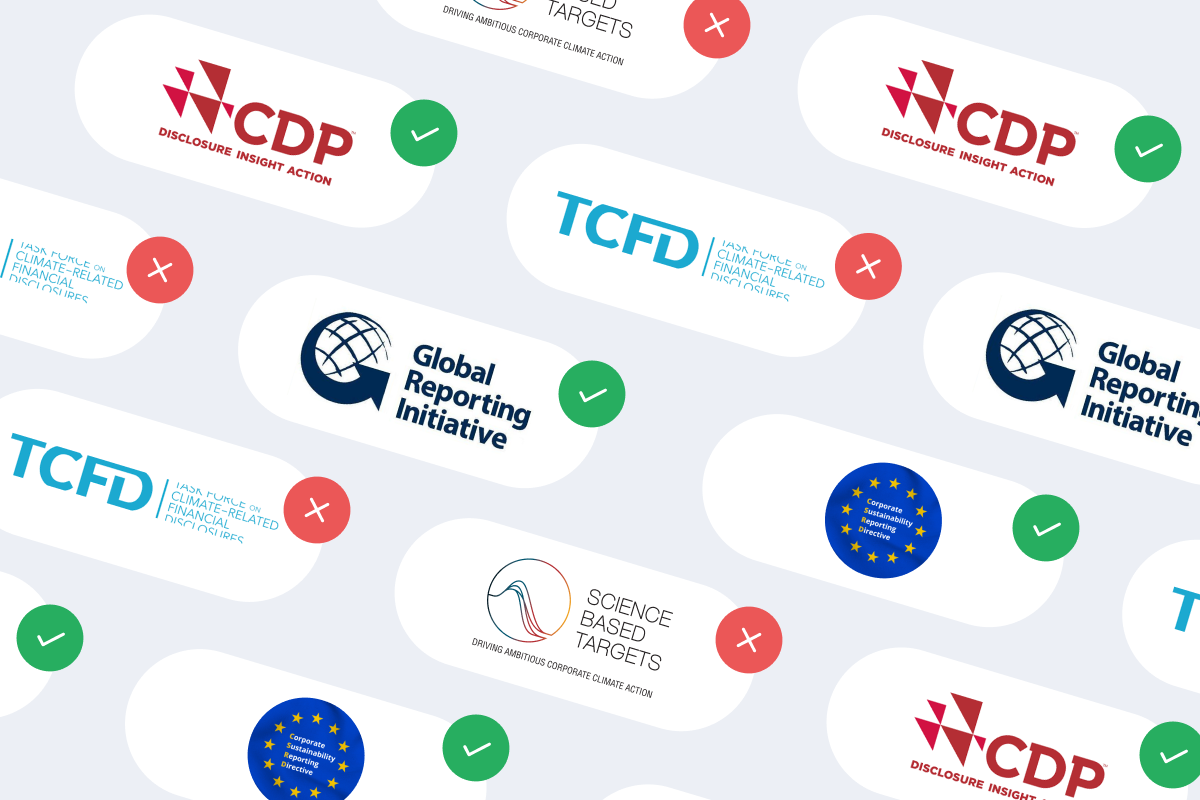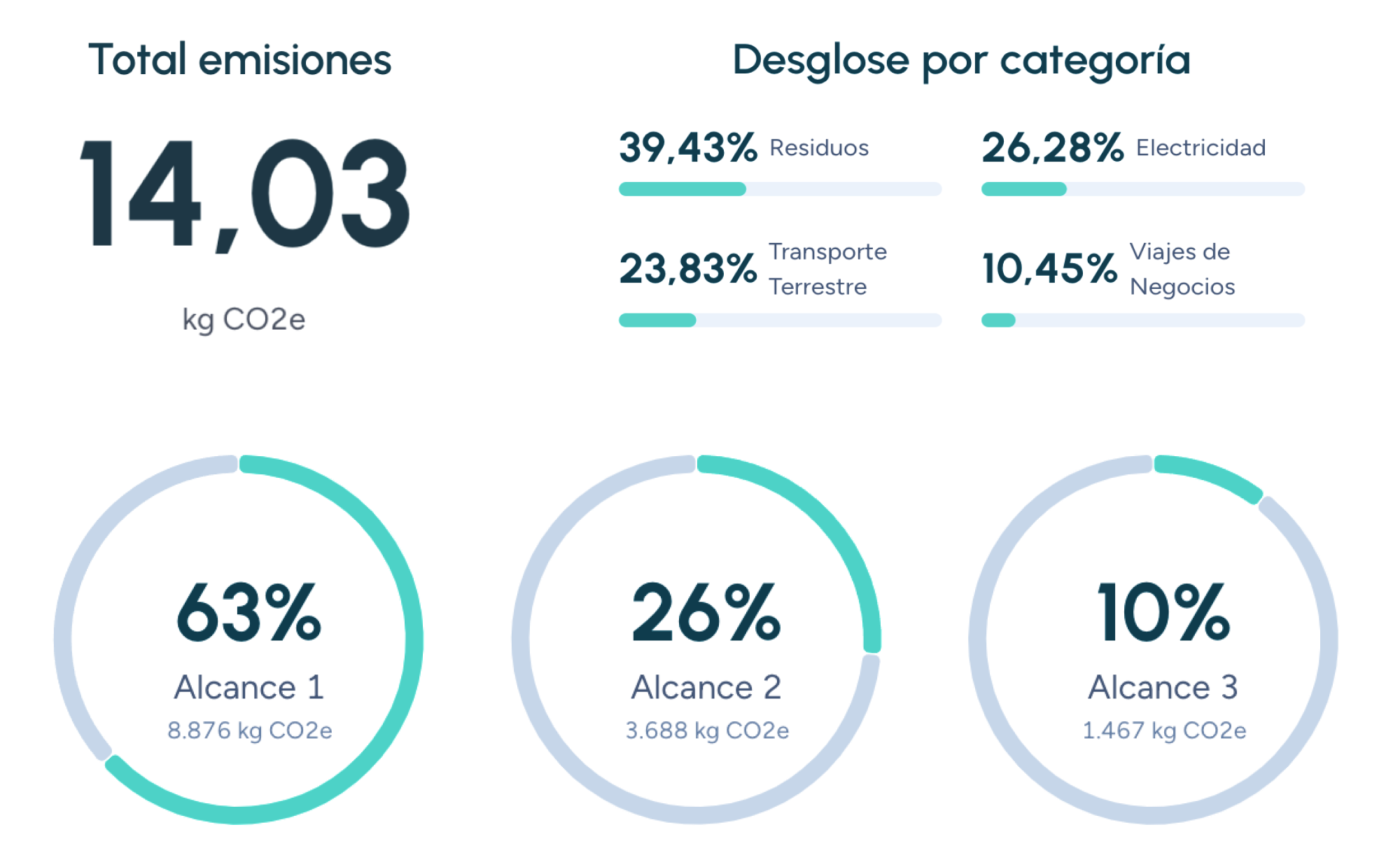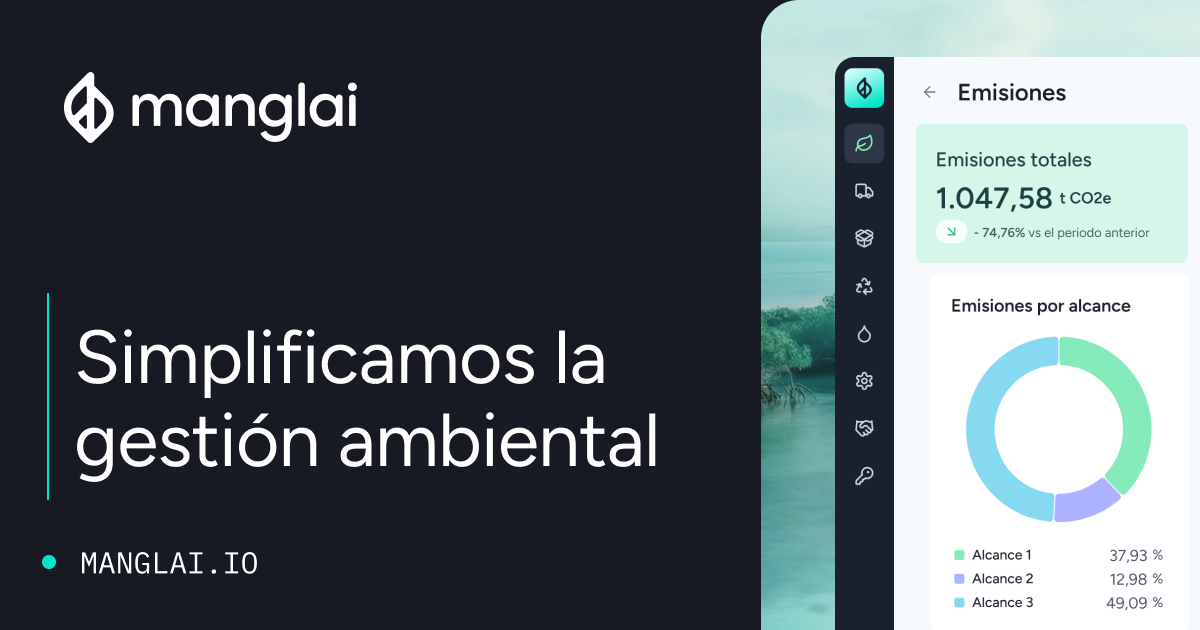Back to the blog
Green finances
Green finance: Sustainable investment opportunities
Andrés Cester
CEO & Co-Founder
Climate change, social inequality, and resource scarcity are redefining how the financial sector views risk and opportunity. Green finance has emerged as a powerful response, channeling capital into ventures that support environmental conservation, renewable energy, and socially responsible projects. This strategic shift toward sustainability is reshaping capital markets and encouraging businesses to align their strategies with Environmental, Social, and Governance (ESG) criteria.
In this article, we explore the definition of green finance, its key instruments, and the steps companies can take to attract and effectively utilize green funding.
Defining green finance
Green finance refers to the practice of integrating environmental criteria into financial products and services. Its core objective is to fund initiatives that mitigate the negative impacts of climate change, reduce carbon footprints, and preserve natural habitats.
Typical green finance activities include:
- Green bonds: fixed-income securities earmarked for climate and environmental projects.
- Sustainability-linked loans: loans with interest rates tied to meeting specific ESG targets.
- Equity investments in green companies: venture capital or private equity investing in startups focused on clean energy, circular economy solutions, or eco-friendly technologies.
- Carbon markets: mechanisms allowing companies to buy or sell carbon credits, effectively putting a price on greenhouse gas emissions.
Why green finance matters
- Market demand: institutional investors increasingly seek ESG-compliant portfolios, driving up demand for green financial instruments.
- Regulatory pressure: governments worldwide are implementing policies, from carbon taxes to disclosure mandates, that incentivize companies to pursue sustainable operations.
- Risk management: investments in eco-friendly projects reduce risks associated with climate change, resource shortages, and shifting consumer preferences.
- Reputational boost: access to green funding signals corporate responsibility, strengthening brand image among stakeholders.
Key instruments in green finance
1. Green bonds
Green bonds are issued specifically to finance projects with environmental benefits, like renewable energy facilities, wastewater treatment plants, or conservation efforts. Corporations, municipalities, and development banks can issue green bonds, attracting investors who prefer transparent, impact-driven investments.
2. Sustainability-linked loans (SLLs)
In SLLs, the loan’s interest rate is tied to the borrower’s achievement of predetermined sustainability KPIs. For example, a company committed to cutting its carbon emissions by 30% within five years may secure more favorable interest rates if it meets that target.
3. Climate-focused venture capital
Venture capitalists are pouring money into cleantech, electric mobility, and other climate-focused startups. These funds aim for both financial returns and quantifiable reductions in carbon emissions or resource usage.
4. Carbon markets and offsets
Carbon trading platforms enable companies to buy credits to offset their emissions, effectively subsidizing projects like reforestation or renewable energy. While not a direct source of capital, carbon credits can serve as an additional revenue stream for eco-friendly ventures.
How businesses can attract green finance
- Robust ESG strategy: develop credible sustainability targets and implement frameworks like ISO 14001 or ISO 26000.
- Transparent reporting: disclose environmental data in line with standards like the Task Force on Climate-related Financial Disclosures (TCFD).
- Third-party certifications: acquiring labels such as B Corp or Fair Trade strengthens credibility with green investors.
- Strong governance: ensure ethical leadership, risk management, and stakeholder engagement, as these are critical to ESG-oriented investors.
Real-world examples
- Apple’s green bonds: Apple has issued multiple green bonds to fund renewable energy and energy efficiency projects, reinforcing its commitment to carbon neutrality.
- Banking giants: several global banks now offer sustainability-linked loans to corporate clients, rewarding those who meet emission reduction goals with lower borrowing costs.
- Renewable energy startups: firms specializing in solar or wind energy often secure venture funding through climate-focused funds like Breakthrough Energy Ventures.
Challenges and considerations
- Greenwashing risks: some companies may exaggerate their sustainability claims, leading investors to demand stricter verification.
- Fragmented regulations: different regions have varying definitions of what qualifies as “green,” complicating cross-border investments.
- Data transparency: investors need accurate, standardized ESG data to assess risks and returns properly.
- Market volatility: changing economic conditions can impact the availability and cost of green capital.
Future outlook
With the accelerating impacts of climate change, green finance is poised to become a mainstream segment of capital markets. Governments and financial institutions are likely to introduce even more stringent regulations and incentives to redirect capital toward clean technologies, biodiversity protection, and social equity.
In parallel, advancements in fintech and blockchain may revolutionize how green assets are issued, tracked, and traded, further democratizing access to sustainable investments.
Green finance and corporate sustainability
Green finance is no longer a niche initiative; it’s quickly becoming an essential component of global capital allocation. By fostering robust ESG strategies, ensuring transparent reporting, and securing reputable certifications, businesses can unlock a world of funding opportunities that align financial success with environmental stewardship.
Embracing green finance not only attracts investors but also positions companies to thrive in an era increasingly defined by ethical and ecological imperatives.
Andrés Cester
CEO & Co-Founder
About the author
Andrés Cester is the CEO of Manglai, a company he co-founded in 2023. Before embarking on this project, he was co-founder and co-CEO of Colvin, where he gained experience in leadership roles by combining his entrepreneurial vision with the management of multidisciplinary teams. He leads Manglai’s strategic direction by developing artificial intelligence-based solutions to help companies optimize their processes and reduce their environmental impact.
Content
Companies that trust us

What is sustainable finance and why should businesses care?
Discover the role of sustainable finance in driving ESG investments and corporate responsibility.
07 April, 2025
Green computing: Reducing your IT carbon footprint
Explore strategies for sustainable IT infrastructure, energy-efficient data centers, and e-waste reduction.
24 March, 2025
GRESB: Why investors care about your sustainability score
Discover why GRESB scores matter to institutional investors and how to improve your rating.
12 March, 2025
Guiding businesses towards net-zero emissions through AI-driven solutions.
© 2025 Manglai. All rights reserved
Política de Privacidad


